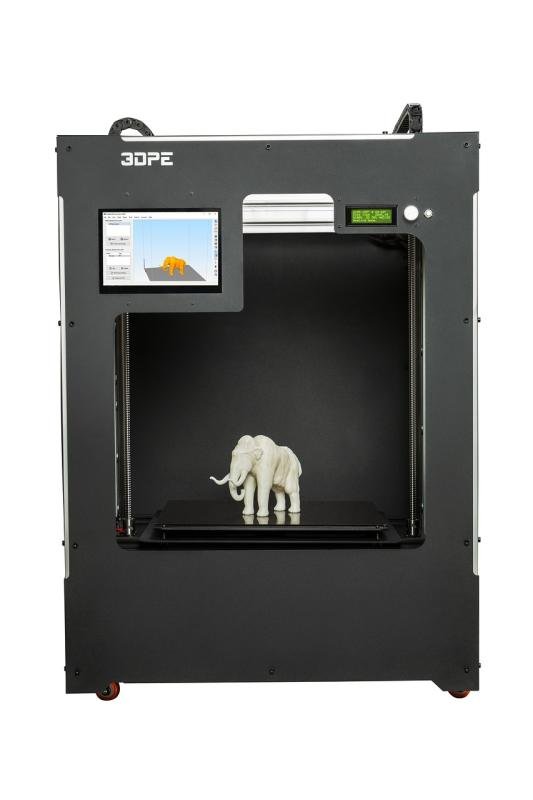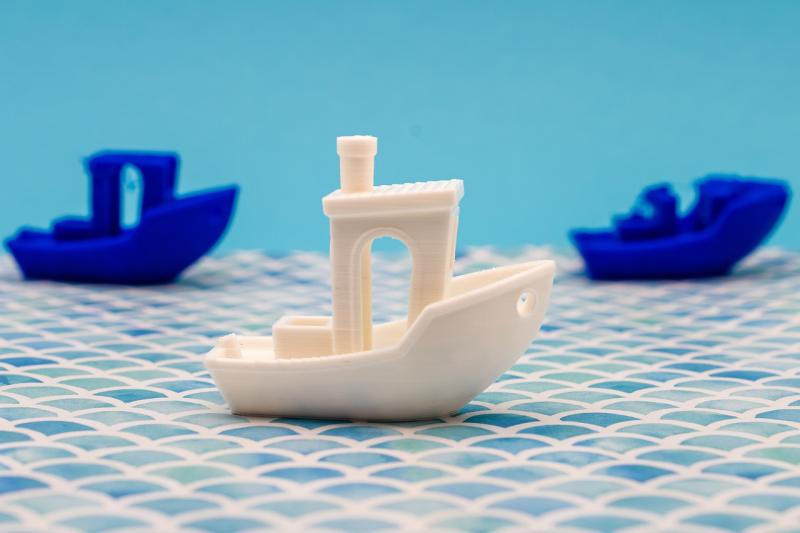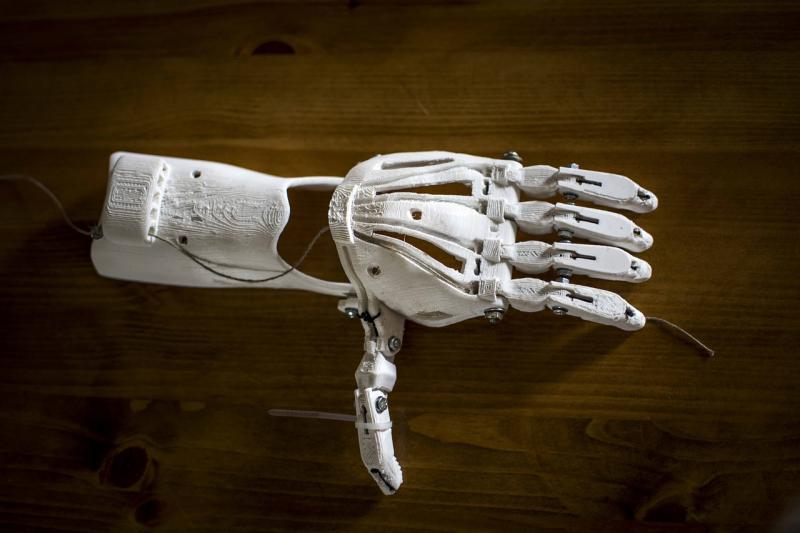Welcome to the exciting world of 3D resin printing! This revolutionary technology has opened up a whole new realm of possibilities in the field of additive manufacturing. Unlike traditional filament-based 3D printers, resin printers utilize a liquid photopolymer resin that is hardened layer by layer using ultraviolet (UV) light. The result? Highly detailed, incredibly precise, and amazingly smooth prints.
One of the key advantages of 3D resin printing is its ability to produce intricate and complex designs that were previously difficult or impossible to achieve. The layer thickness in resin printers is typically much smaller compared to filament printers, allowing for exceptionally fine details. This makes resin printing ideal for creating miniatures, jewelry, and other small-scale objects where precision matters.
Additionally, resin printing offers a wide range of materials with varying properties. From standard resins suitable for prototyping to more specialized resins with unique characteristics like flexibility, transparency, or high temperature resistance, there's a resin to suit every project. The versatility of resin printing extends beyond material choices; the technology also supports multi-color and even multi-material printing, enabling the creation of complex and dynamic objects.
It's important to note that 3D resin printing does require some specific equipment and precautions due to the properties of the resin. Resin printers typically use a vat or tank to hold the liquid resin and a build platform that moves up and down during the printing process. To protect against the potentially harmful UV light emitted by the printer, a cover or enclosure is often used. Furthermore, it's crucial to handle the liquid resin safely, as it may be toxic or irritate the skin or eyes. Proper ventilation and protective equipment are highly recommended when working with resin.
With its extraordinary capabilities and versatility, 3D resin printing has become a game-changer in the world of manufacturing and design. Whether you're a hobbyist, an artist, or an engineer, exploring the potential of resin printing opens up endless creative possibilities. So let's take a deeper dive into the fascinating world of 3D resin and unlock its boundless potential!
Advantages of 3D Resin Printing: Unlocking New Possibilities
3D resin printing has emerged as a game-changer in the world of additive manufacturing. Unlike traditional FDM (Fused Deposition Modeling) printers that use filaments, resin printers utilize liquid resin that solidifies under UV light. This innovative approach brings several advantages that are unlocking new possibilities across various industries.
Firstly, 3D resin printing allows for incredibly high levels of detail in printed objects. The liquid resin can solidify with exceptional precision, enabling the production of intricate and complex designs that were previously unattainable. From small figurines to delicate jewelry, resin printers excel at capturing intricate details and textures, delivering stunning results.
Secondly, the mechanical properties of resin-printed objects are often superior to those produced by other 3D printing methods. The resin's composition can be optimized to achieve desired characteristics such as flexibility, toughness, or heat resistance. This versatility opens doors to a wide range of applications, including rapid prototyping, product development, and even producing functional end-use parts.
Lastly, resin printing enables the creation of transparent or translucent objects. This distinctive feature has revolutionized industries where optical clarity is crucial, such as dentistry, jewelry manufacturing, or prototyping for lenses and light guides. With the ability to print objects with varying degrees of transparency, designers can now bring their ideas to life more accurately, pushing the boundaries of creativity and innovation.
Materials and Techniques: The Building Blocks of 3D Resin Printing
Welcome to the fascinating world of 3D resin printing! This cutting-edge technology has revolutionized the way we manufacture and create objects. In this section, we'll explore the essential materials and techniques that make 3D resin printing possible.
Resin Materials
The key ingredient in 3D resin printing is the resin material itself. Resin is a liquid polymer that hardens when exposed to specific wavelengths of light. There are different types of resins available, each with its own unique properties and applications. For instance, some resins are more flexible, making them suitable for parts that require a certain degree of elasticity. Others are highly durable and ideal for creating functional prototypes or end-use products. It's essential to select the right resin material for your particular project.
Printing Techniques
3D resin printing relies on advanced printing techniques that allow for incredible precision and detail. The most common technique is called Digital Light Processing (DLP) or Stereolithography (SLA). DLP printers use a projector to cure the resin layer by layer, while SLA printers use lasers to achieve the same outcome. These printers offer exceptional resolution and can produce complex geometries with outstanding accuracy. Another technique is Masked Stereolithography (MSLA), which utilizes an LCD screen to selectively transmit light and cure the resin. This method has gained popularity due to its cost-effectiveness and improved speed.
Post-Processing
Once the 3D resin print is complete, a crucial step follows: post-processing. This includes removing any excess resin from the printed object and cleaning it to achieve a final smooth finish. Depending on the specific resin used, post-processing may involve rinsing the object in isopropyl alcohol or using a UV-curing chamber. It's also common to add additional finishing touches, such as sanding and painting, to achieve the desired aesthetic. Proper post-processing greatly contributes to enhancing the overall quality and appearance of the printed object.
Understanding the materials and techniques behind 3D resin printing is essential for anyone looking to delve into this exciting realm. With various resin options and printing techniques available, the possibilities for creating intricate and functional objects are limitless. Whether you're a hobbyist, an artist, or an engineer, 3D resin printing opens up a vast world of creativity and innovation.
Applications and Future Scope: Exploring Limitless Creativity
The world of 3D resin printing is expanding rapidly, opening up new possibilities in various industries and revolutionizing the concept of creativity. From architecture and manufacturing to arts and medicine, the applications of 3D resin technology are limitless.
In architecture and manufacturing, 3D resin printing allows for the creation of highly intricate and detailed prototypes. Architects can now bring their designs to life with precision, enabling clients to visualize the final product before construction begins. Similarly, manufacturers can design intricate components and test them for functionality, reducing the cost and time associated with traditional manufacturing processes.
The arts industry has also embraced 3D resin printing as a means of pushing creative boundaries. Artists and sculptors can now transform their imagination into tangible and intricate art pieces. The ability to manipulate resin in various colors and forms provides artists with a whole new level of creative freedom, inspiring them to design unique and visually stunning masterpieces.
Furthermore, in the field of medicine, 3D resin printing has paved the way for remarkable advancements. Dentists can now create custom-made dental prosthetics, such as crowns and bridges, in a fraction of the time and cost. Surgeons are also benefiting from this technology, as it allows for the creation of patient-specific surgical guides and models, facilitating precise and efficient procedures.
Looking ahead, the future of 3D resin printing holds even greater potential. As the technology continues to evolve, we can anticipate advancements in materials, allowing for the creation of even more durable and flexible products. Moreover, the integration of artificial intelligence and machine learning could automate the design process, offering users limitless possibilities at the touch of a button.



